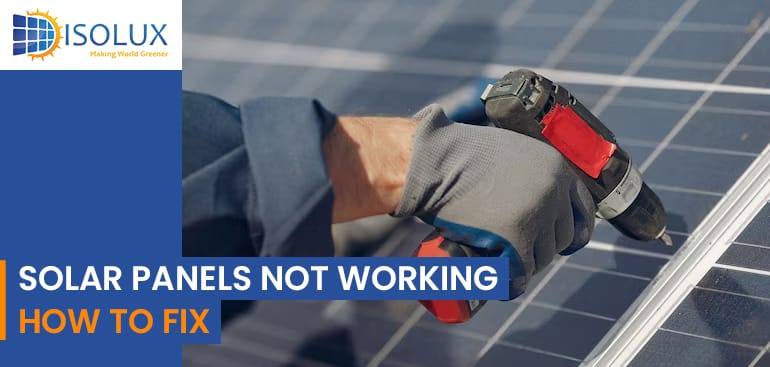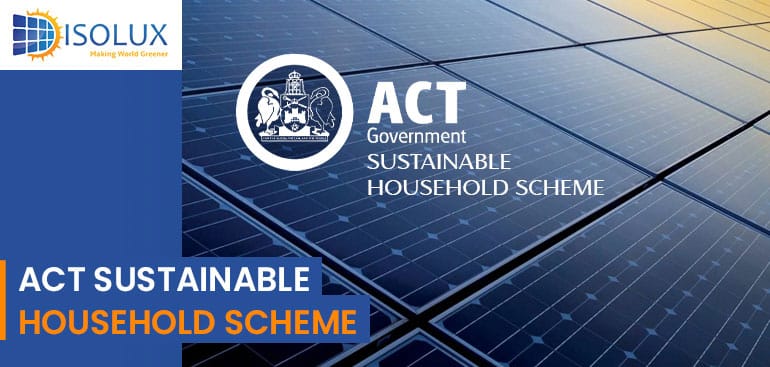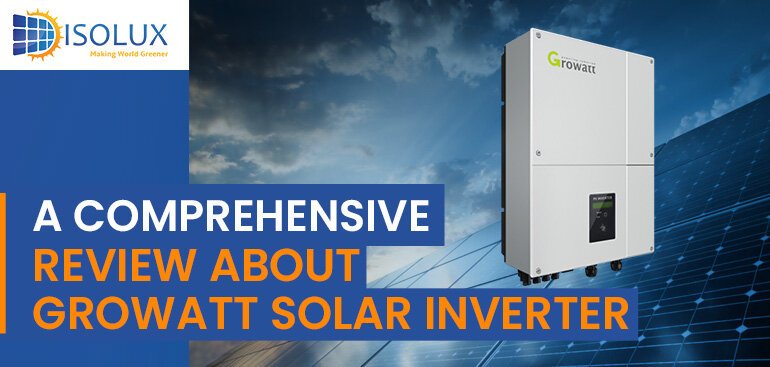Solar panels have become popular for Australian homeowners seeking sustainable and cost-effective energy solutions. However, like any technology, they can encounter issues that impede performance. Understanding common problems and their solutions can help maintain optimal functionality and extend the lifespan of your solar energy system.
Common Issues Affecting Solar Panel Performance
1. Dirt and Debris Accumulation
Over time, solar panels can accumulate dust, bird droppings, leaves, and other debris, especially in Australia’s diverse climate. This buildup can obstruct sunlight, reducing the panels’ efficiency.
Solution: Regular cleaning is essential. It’s advisable to schedule cleaning at least twice a year, or more frequently in areas prone to heavy dust or bird activity. Ensure safety measures are in place or consider hiring professionals for the task.
2. Shading Issues
Shading from nearby trees, buildings, or other structures can significantly impact solar panel performance. Even partial shading can lead to disproportionate drops in energy production.
Solution: Conduct a site assessment to identify potential shading sources. Trimming overhanging branches or repositioning movable obstructions can mitigate shading. For unavoidable shading, installing microinverters or power optimizers can help maintain efficiency.
3. Inverter Malfunctions
The inverter is a critical component that converts the direct current (DC) solar panels produce into alternating current (AC) used in homes. Inverter faults are a common cause of system underperformance.
Solution: Regularly inspect the inverter for error messages or fault indicators. If issues are detected, consult a certified technician to diagnose and repair or replace the inverter as necessary.
4. Faulty Wiring or Connections
Loose, corroded, or damaged wiring can disrupt the flow of electricity, leading to reduced system efficiency or complete failure.
Solution: Perform routine inspections of all wiring and connections. Look for signs of wear, corrosion, or damage. Engage a qualified electrician to address any issues promptly to prevent potential hazards.
5. Physical Damage to Panels
Solar panels are designed to withstand various weather conditions, but extreme events like hailstorms, cyclones, or accidental impacts can cause cracks or other damages.
Solution: After severe weather events, visually inspect your panels for any signs of damage. If damage is detected, contact a professional to assess and repair or replace the affected panels.
6. Micro-Cracks in Solar Cells
Micro-cracks are tiny fractures in solar cells that can occur due to manufacturing processes, thermal stresses, or mechanical impacts. Over time, these cracks can expand, leading to significant power losses.
Solution: Regular maintenance checks can help identify micro-cracks early. While some micro-cracks may not immediately affect performance, monitoring their progression is crucial. In cases where power loss becomes noticeable, panel replacement may be necessary.
7. Faulty Isolator Switches
Isolator switches are safety devices that allow for the disconnection of the solar system from the grid or home circuitry. Faulty or degraded isolator switches can lead to system failures.
Solution: Regularly inspect isolator switches for signs of wear, damage, or degradation. Ensure they are in the correct position and functioning properly. If issues are found, have them replaced by a licensed professional.
8. Grid Voltage Issues
High grid voltage can cause solar inverters to reduce their output or shut down to protect the system, leading to reduced energy production.
Solution: Monitor the inverter display or use monitoring software to check for high grid voltage warnings. If persistent issues occur, consult with your utility provider or a solar professional to address the problem.
Troubleshooting Steps for Solar Panel Issues
1. Monitor System Performance
Utilize any monitoring software provided with your solar system to track performance metrics. Sudden drops or irregular patterns can indicate underlying issues.
2. Visual Inspection
Regularly inspect your solar panels, inverters, wiring, and mounting hardware for visible signs of damage, wear, or obstruction.
3. Consult Professionals
If you identify issues or experience significant performance declines, contact a certified solar technician or your installation provider for a comprehensive assessment and necessary repairs.
How to Check Solar Panels are Working?
1. Check Your Solar Inverter
The inverter is the heart of your solar system, converting DC power from the panels into AC power for your home. Here’s how to check it:
- Look for indicator lights – Green or blue means the system is functioning, while red, orange, or flashing lights indicate an issue.
- Check the display screen – It should show real-time power output and error messages if there’s a problem.
2. Monitor Your Electricity Bill
If your solar system is working efficiently, your electricity bill should be lower. A sudden increase in grid electricity usage may indicate that your solar panels are not generating enough power.
3. Use a Solar Monitoring System
Many modern solar systems come with monitoring apps that display real-time performance data. These apps can help you track energy generation, identify drops in output, and detect faults.
4. Perform a Visual Inspection
- Check for dirt and debris – Dust, bird droppings, or leaves can reduce efficiency. Clean panels if necessary.
- Look for physical damage – Cracks, broken glass, or discoloration may affect performance.
5. Test the Solar Panel Output with a Multimeter
A multimeter can measure the voltage and current from your solar panels:
- Set the multimeter to measure DC voltage.
- Connect the multimeter probes to the panel’s terminals.
- Compare the reading with the panel’s rated voltage (found in the manual). A significantly lower reading may indicate a fault.
6. Observe Energy Production on a Sunny Day
If your panels are working correctly, they should generate peak power output on a clear, sunny day. If you notice a sharp decline, it might be due to shading, dirt, or a faulty panel.
7. Check Grid Voltage (If Using a Grid-Tied System)
Sometimes, high grid voltage can cause your inverter to shut down, reducing your system’s output. If you suspect this, check your inverter logs or consult your electricity provider.
Conclusion
Maintaining the efficiency and longevity of your solar panels requires regular monitoring, timely maintenance, and prompt attention to any issues. By staying vigilant and addressing problems early, Australian homeowners can ensure their solar energy systems continue to provide sustainable and cost-effective power for years to come.
For Solar Panel Installation, Contact Isolux Solar today.
Also read: Hot Water System Rebate NSW




